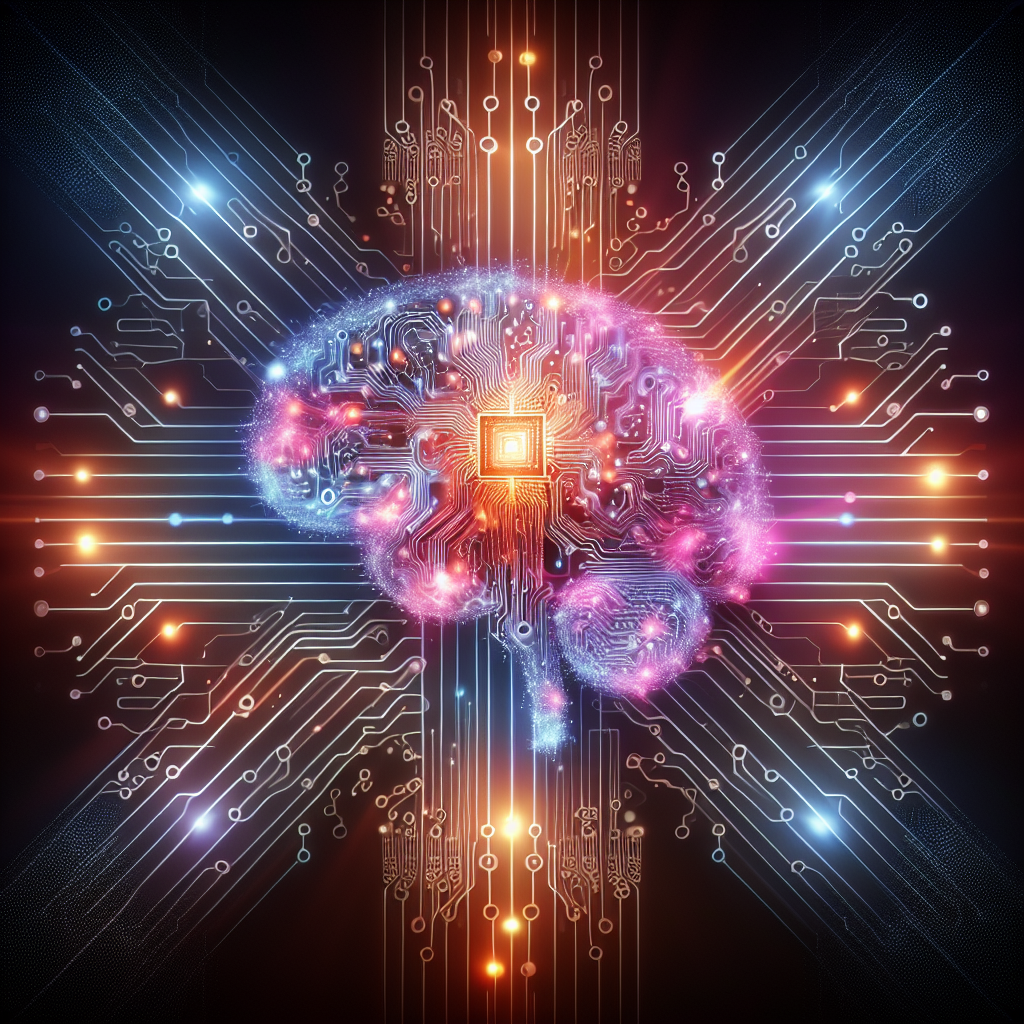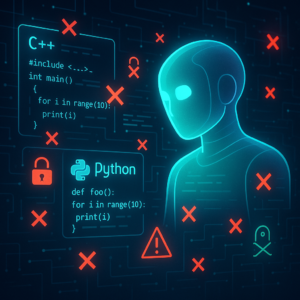AI-Supported Data Analysis Boosts Student Motivation and Reduces Stress in Physics Education

AI-Supported Data Analysis Boosts Student Motivation and Reduces Stress in Physics Education
In the world of modern education, innovation is key to fostering an environment where students not only learn but thrive. Imagine a physics class where students are not bogged down by stress and instead are motivated and engaged. What if artificial intelligence (AI) could make this scenario not only possible but the norm? According to recent research by Jannik Henze, André Bresges, and Sebastian Becker-Genschow, integrating AI into physics education indeed has the power to transform the learning landscape.
The Traditional Approach: Excel in Physics Education
Before we dive into AI’s role, let’s briefly touch upon how data analysis in physics has traditionally been conducted. Many of us have been in those classrooms where the mere mention of Excel can cause a visible slump in enthusiasm. Excel, with its grids and formulas, has been a reliable workhorse for calculating and analyzing data from experiments, such as those involving pendulum movements. However, it can often contribute to stress and disengagement when students must grapple with its complexities alongside the core physics concepts they are meant to learn.
Limitations of Traditional Methods
- Complexity and Intimidation: Excel can appear intimidating, especially for students new to data handling.
- Time-Consuming: Mastery requires significant time investment, potentially detracting from focused physics learning.
- Limited Engagement: The traditional interface does little to captivate or inspire students, which may lead to reduced motivation.
While tried and true, Excel-based data analysis does not inherently lend itself to maintaining high levels of student interest or reducing stress. This is where AI steps in with notable promise.
Embracing AI in the Classroom: A New Way Forward
AI technology in education is more than a buzzword—it’s an evolving toolkit. The study highlights using AI-driven tools, such as a customized chatbot using sophisticated language models like ChatGPT, to support students in physics.
Transformative Benefits of AI
- Enhanced Emotional Engagement: AI engages students by providing an interactive platform where they feel supported and understood.
- Higher Motivation Levels: Students who might otherwise feel daunted are inspired by AI’s responsive interaction.
- Opportunity for Individualized Learning: Adaptive systems tailor feedback and guidance to each student, accommodating diverse learning paces and styles.
The Role of AI-Supported Tools
AI tools can guide students through complex concepts by: – Providing real-time feedback on data analyses. – Offering personalized explanations and solving individual queries. – Freeing teachers from routine data-crunching, allowing them to focus more on inspirational pedagogy.
A Comparative Analysis: AI vs. Excel
Interestingly, the research shows that both AI-supported and traditional Excel-based methods can result in comparable quantitative learning gains. This indicates that students learn the necessary physics content regardless of the tool used. However, there’s a catch—AI introduces significant qualitative benefits that Excel does not.
Quantitative vs. Qualitative Gains
- Quantitative Learning Gains: Test scores and measurable knowledge acquisition show little variation between students using either method.
- Qualitative Advantages with AI: Higher student motivation, reduced stress, and an overall positive learning experience are substantial with AI integration.
By leveraging AI, educators can create a more inclusive and supportive atmosphere, which emphasizes understanding over rote learning.
Practical Implications for Educators
With these insights, educators might wonder, “How do we integrate AI into our curriculum effectively?” Here are some considerations:
- Balancing AI with Traditional Methods: While AI is transformative, it should complement—not replace—existing educational methods.
- Teacher Role Evolution: Educators can shift from information deliverers to facilitators of a richer, more interactive learning journey.
- Curriculum Design: Incorporating AI requires thoughtful modification of lesson plans to accommodate new teaching and learning strategies.
Recommendations for Implementing AI Tools
- Start Small: Introduce AI in specific modules or lessons to evaluate its impact.
- Training and Support: Provide training for teachers to effectively use AI tools, ensuring they are comfortable with technology.
- Continuous Feedback: Gather feedback from students to refine AI integration strategies and ensure they enhance learning.
Challenges and Considerations
While the advantages are clear, adopting AI in education isn’t without challenges. Privacy and data security, the digital divide, and the need for substantial teacher training are factors that must be addressed. Deliberate and cautious approaches to these challenges are crucial for successful integration.
Final Thoughts: The Future of AI in Education
AI’s burgeoning role in education is undeniable and holds the promise of transforming how we teach and learn. As technology evolves, so too should our approaches to harnessing it for educational enrichment. By thoughtfully integrating AI, educators can cultivate a dynamic and supportive learning environment where students not only succeed but also enjoy the learning process.
Key Takeaways
- AI Tools Enhance Engagement: By facilitating more interactive and responsive learning environments, AI can help boost student motivation and reduce stress.
- Complementary to Traditional Tools: While traditional methods have their place, AI offers qualitative benefits that are worth exploring.
- Thoughtful Integration Required: Successful AI implementation in education requires careful planning, teacher training, and a focus on privacy and equity.
- Promising Future: As AI continues to evolve, its potential to enrich education becomes even more promising, paving the way for more innovative pedagogical approaches.
In conclusion, the integration of AI in physics education is not just an enhancement; it’s a transformative opportunity to redefine how students engage with and understand complex concepts. By maintaining an open mind and strategic approach, educators and institutions can harness AI’s potential to foster a more positive, inclusive, and effective learning experience.




